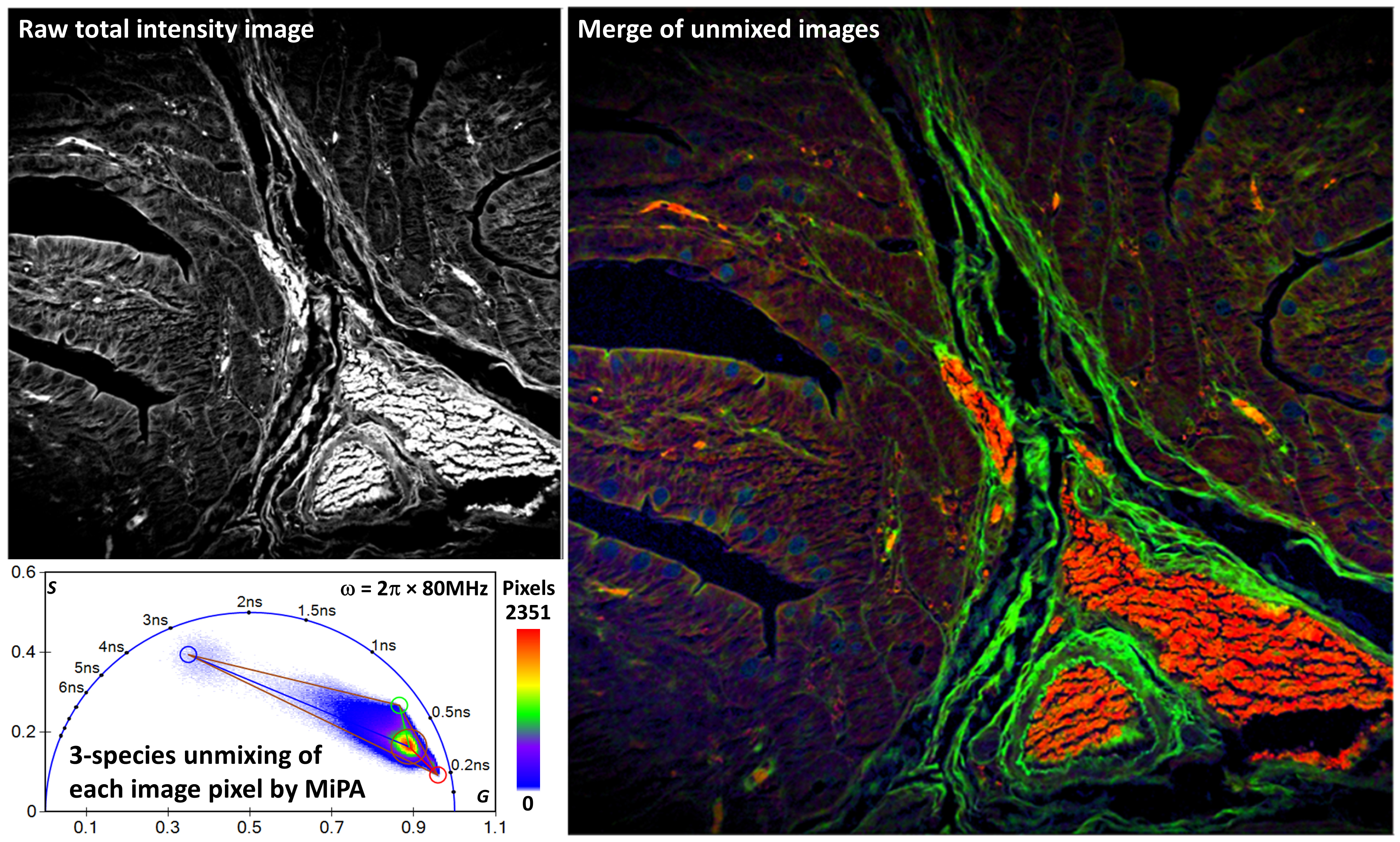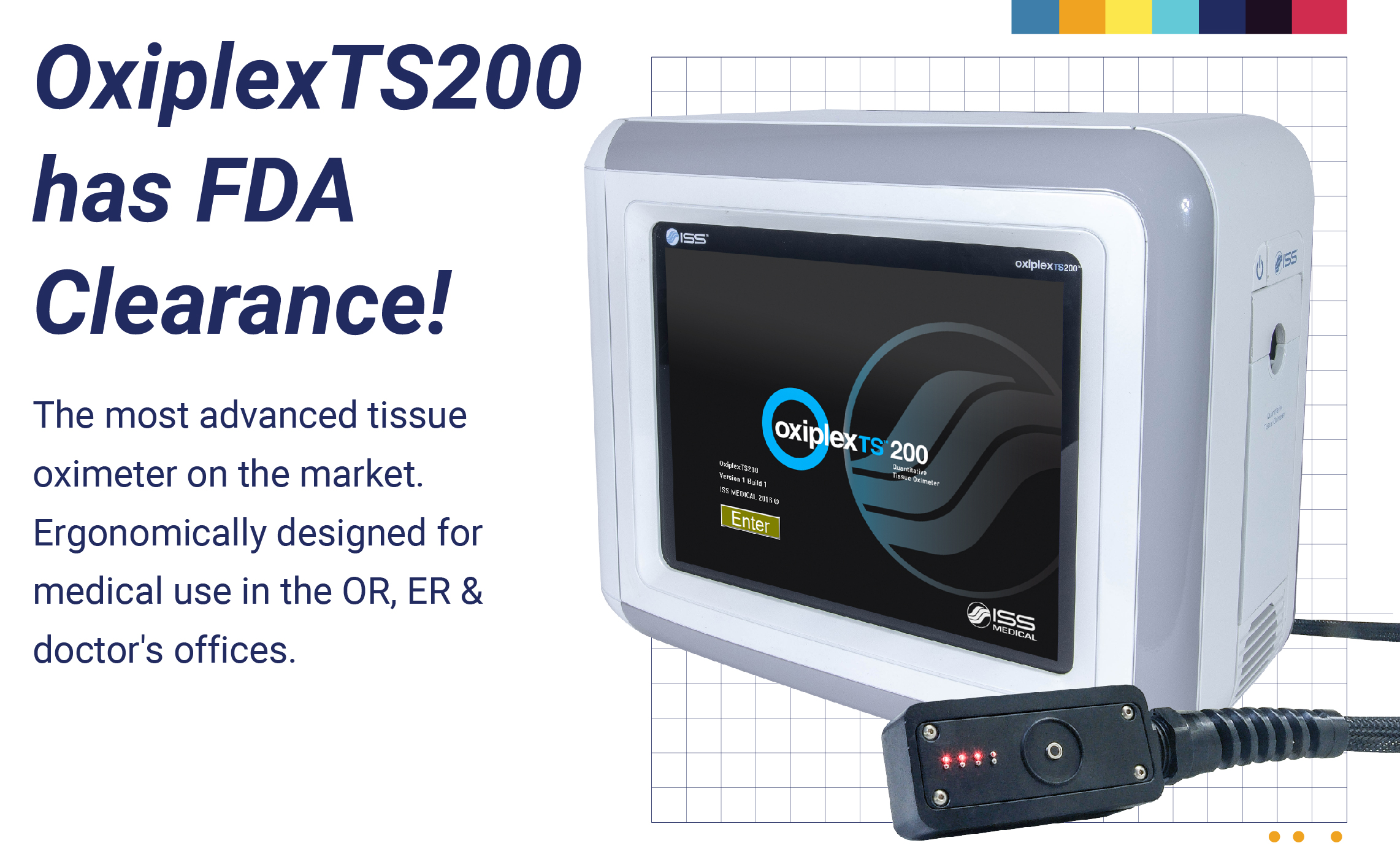NEWS
Vinci Includes Routines for the Analysis of Fluorescence Decay Times
Champaign, Illinois - October 1, 2004 - Vinci, the Multidimensional Fluorescence Analysis Software introduced by ISS in 2002, has been enriched by a new module, the analysis of decay times of fluorescence.
The analysis, carried out in a global environment, includes fitting routines for the determination of:
- multiple decay times (exponential, non-exponential, lifetime distributions)
- rotational correlation times (isotropic, anisotropic and hindered rotators)
- time-resolved spectra
- resolution of spectra using phase and modulation.
The lifetime distribution analysis includes models with the Lorentzian, Gaussian, Planck and gamma distributions. Multiple files acquired on the same sample with different experimental conditions (change in concentration, for instance) are loaded simultaneously; once a model is selected for the description of time-resolved data, some parameters can be linked, thus reducing the total number of degree of freedom in the minimization equations. The analysis of frequency-domain time-resolved fluorescence data is carried out by checking how close a model (decay time or rotational correlation time), selected by the user, matches the data acquired with the instrument. A MarquardtLevenberg algorithm is utilized for the minimization routine of the χ2-function that compares the selected model with the experimental data. The model that provides a value close to unity for the χ2-function is chosen over other models as a description of the system. Finally, Vinci allows the sophisticated user to input a custom analysis model; the χ2-function is minimized with the custom equation.
Vinci includes a simulation routine that allows the user to visualize time-resolved fluorescence experimental results. Plots of the phase shift and the demodulation of fluorescence versus the modulation frequency can be generated for systems featuring multiple exponential decays, non-exponential, and lifetime distributions with different values of the decay times and fractional contributions. Similarly, plots for the differential polarization and modulation versus the modulation frequency can be generated for isotropic, anisotropic and hindered rotators.
In the past two years, Vinci has found wide acceptance as an analysis tool of fluorescence data between users of ISS instrumentation as well as users of other commercial spectrofluorometers. Its main feature is the capability to acquire multidimensional data sets where experimental conditions on the sample under study (wavelengths, temperature, concentration, pressure) have been varied and to analyze the data in a global environment. Vinci includes a superb graphical interface for the display of 2D and 3D plots as well as color display of user defined functions with zooming and rotation capabilities and statistical operators. Plots can be exported to popular formats (gif, tiff, png, metafile, bitmap).



